Build in the Countryside
I was delighted to read that the Princess Royal has spoken up in support of one of my pet subjects, namely promoting incremental development in rural villages rather than creating large housing developments on the edge of towns or, potentially, in the middle of the countryside.
She was speaking at a housing conference in Cheltenham in February when she questioned the need for developments of up to 15,000 houses to meet the estimated shortfall of 240,000 affordable homes in the UK, when small developments of 6–12 houses spread around existing villages could do the same and keep rural Britain alive. You and me both, Ma’am.
Resistance
The trouble is that large developments need infrastructure to support them – new schools, shops, community centres plus road and rail links. It is this sort of radical expansion that leads to anger and resentment as existing communities are faced with massive upheaval and change, which they often feel powerless to stop.
That said, the new ‘Garden City’ recently announced for Ebbsfleet in Kent appears to have some local support (although strictly, planning consent for it has been in place for years). It requires a complete regeneration, so a large-scale development is welcome. But I can’t think of anywhere else in the south of England where a 15,000 home development could be parachuted in without massive opposition.
Rural development
The answer could lie in the organic development of rural areas through self-building.
Existing villages struggle to support the traditional format of shop, pub and school as house prices push out the younger residents to cheaper accommodation in the towns. The remaining population age gracefully in a lovely village preserved in aspic. Older residents won’t be producing children to populate the school, and affluent householders drive to the supermarket every week rather than using the local shop. They’re rarely seen dropping in for a casual pint at the pub.
Villages need a regular injection of new blood to live, thrive and survive, so let’s encourage young families to stay by allowing a few affordable houses to be built at the edges of them, as well as the occasional bespoke family home.
Community planning
Perhaps the biggest obstacle to incremental rural development is the fear that by permitting a few individual homes, many more will inevitably follow. This is where community-led planning through the nascent neighbourhood plans (created under the Localism Act) comes into its own. Let the residents decide where or what to build, and use the planning process to approve housing that each area needs and supports.
I don’t always agree with the Campaign to Protect Rural England (CPRE), but to quote the chief executive: “We want a living countryside not a countryside of commuter villages or retirement ghettos.”

















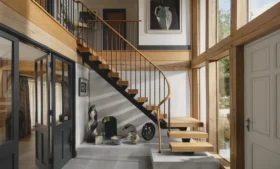













































































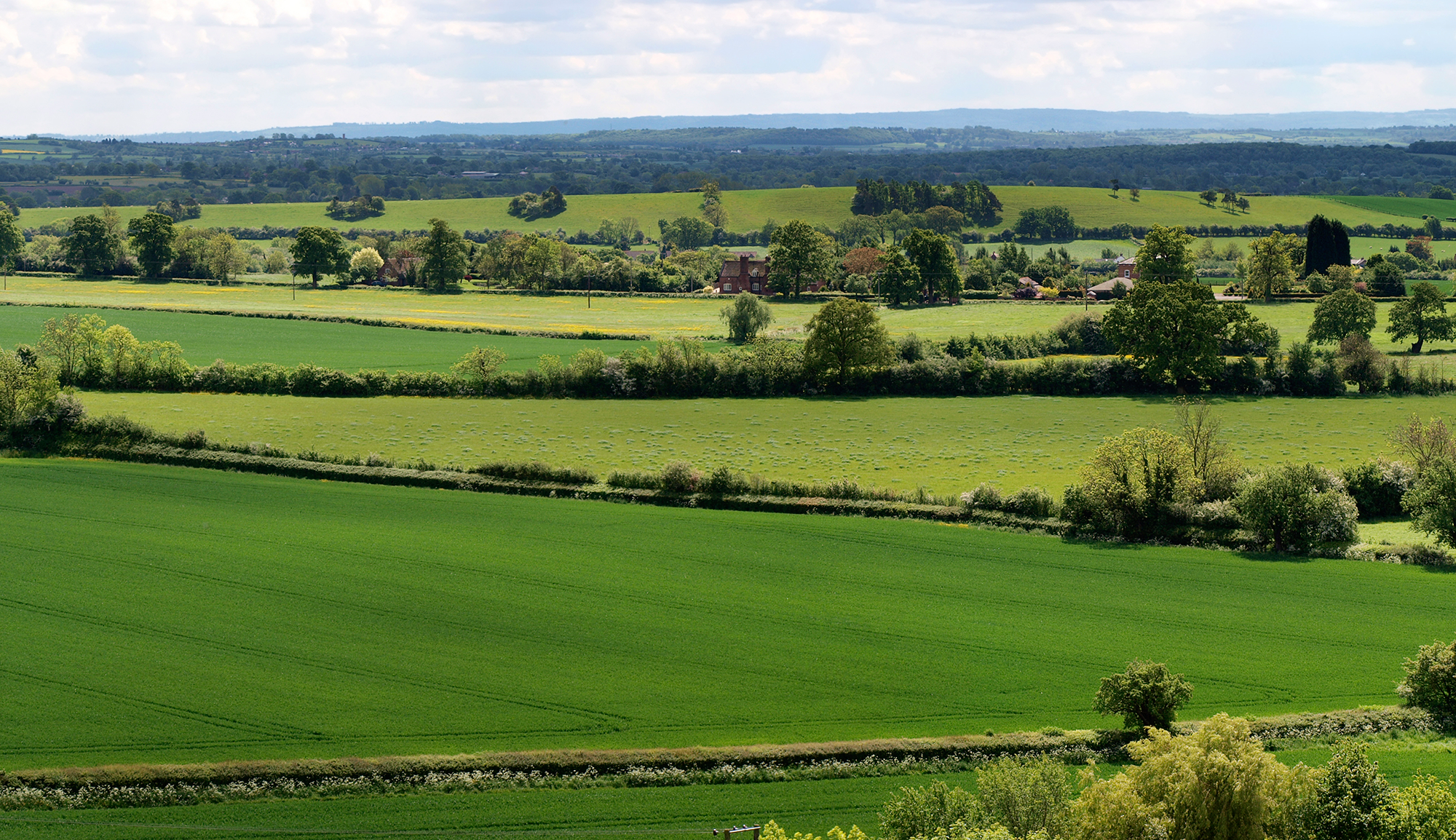
 Login/register to save Article for later
Login/register to save Article for later

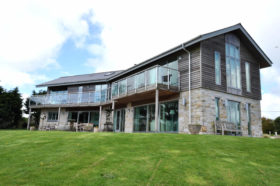




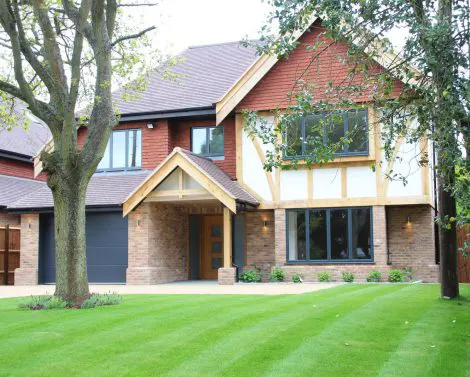
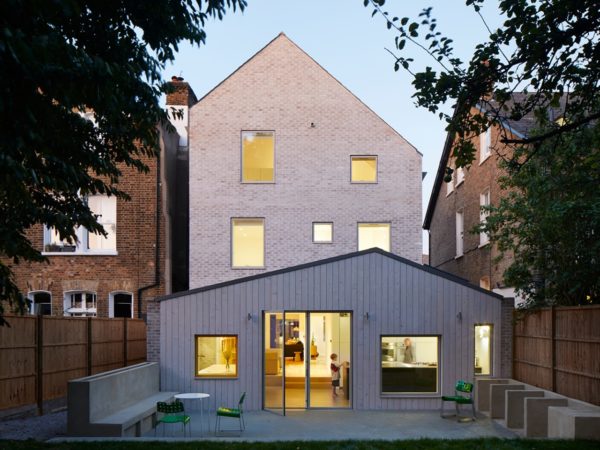
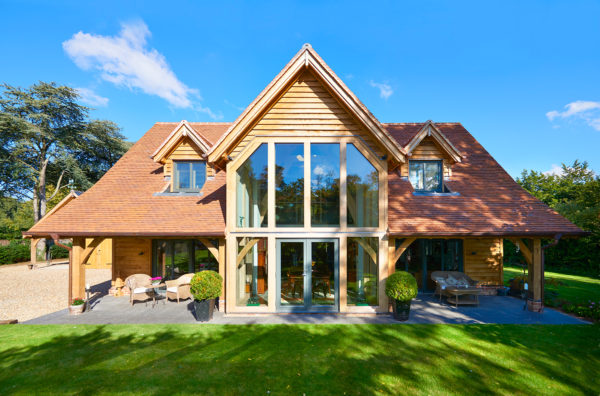




We have land in a village between bedfordshire and buckinghamshire an acreage of around 85 which is currently grassland, with the lower area being flood plain. We let the land to a local farmer to let his sheep graze. We have a few buildings on the land, a sheep pen near the road, a brick built single height barn behind a house on a slight decline, accessed by a narrow grass lane from the main road, and a pump house in the middle of the acreage with a couple of brick wells too. We would love to develop the brick barn, but it is too small and would either need to be increased or knocked down and replaced with an eco oak house on the decline built into the land with either a cellar underground or built up where with the decline would never affect anyone elses views. But we know this is going to be an issue with this type of village, lots of influential locals, not being in the 30mph zone, but luckily outside the conservation area of the village – dare we try we would love too – but the objections would probably overule.